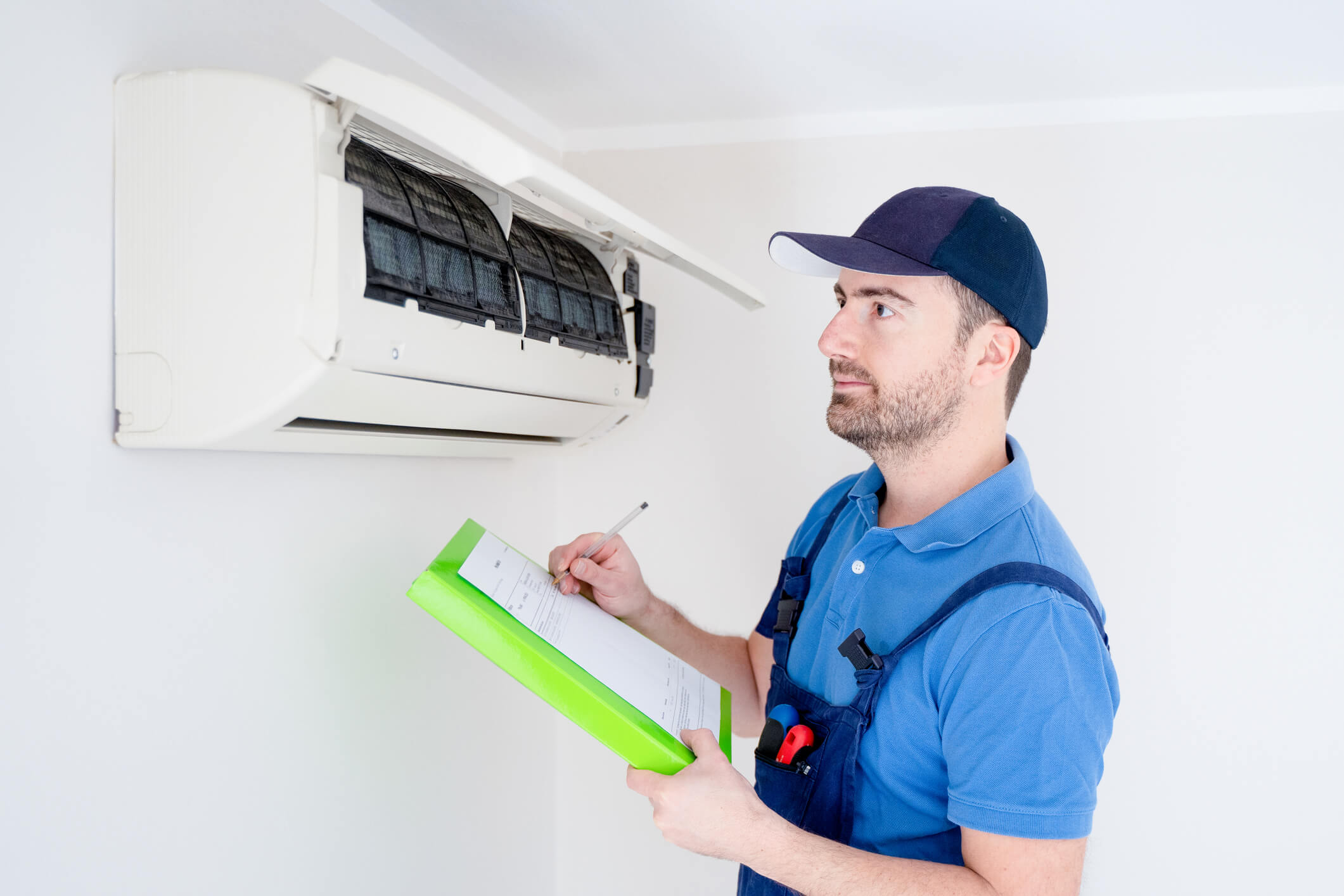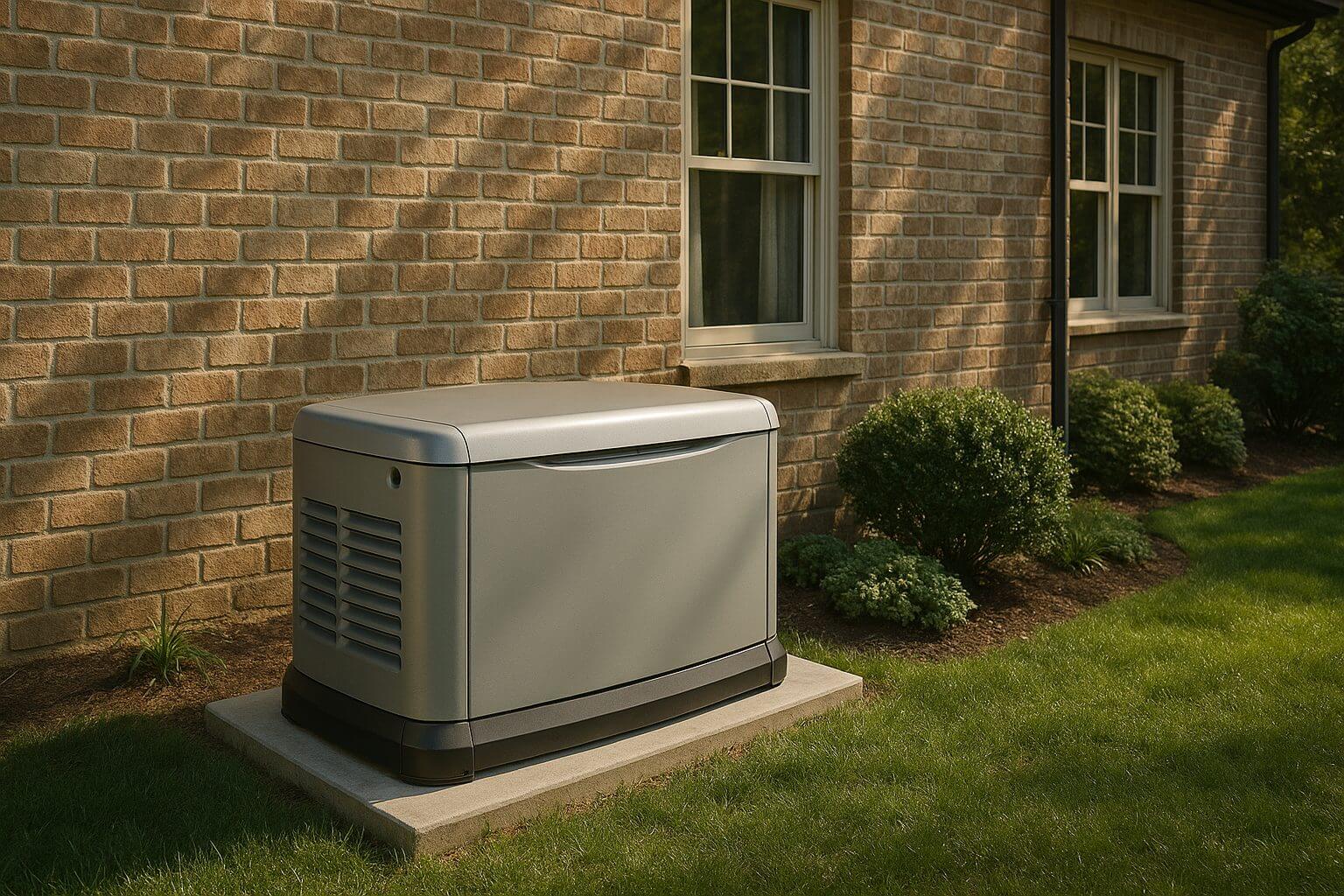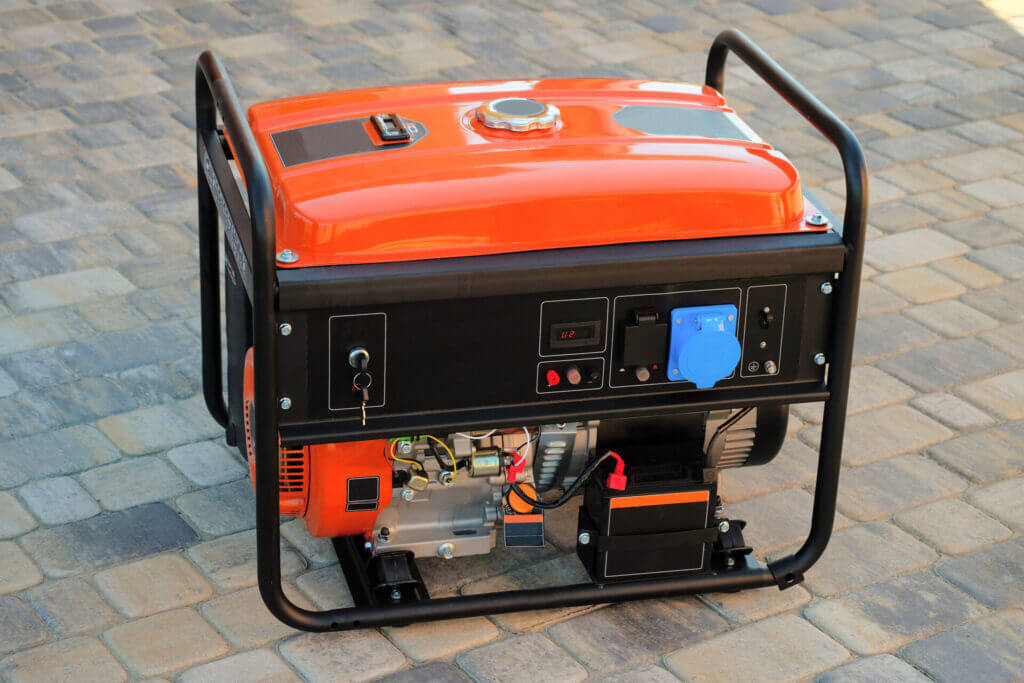Are you doing a home improvement project?
Modernize can pair you with three to four pros in your area, so you can compare options and save time and money.
Why Tariffs Matter for Home Renovation Costs
Home renovation projects across the U.S. are about to get more expensive, and not because of labor shortages or inflation alone. New and existing tariffs on imported building materials are poised to drive up the cost of common home upgrades, from roofing and windows to plumbing, electrical, and full-scale kitchen remodels. If you’re planning a home improvement project, it’s important to understand how these tariffs may affect your budget and renovation timeline.
Tariffs are taxes imposed on imported goods, and in recent years, they’ve specifically targeted materials critical to the home improvement industry, including steel, aluminum, softwood lumber, and various manufactured components from China. These tariffs increase the cost of raw materials and finished products, which trickles down to contractors and ultimately to homeowners. Many contractors have already started passing these costs on to consumers.
Home Improvement Projects Most Affected by Tariffs
Not every part of a renovation is affected equally. Some projects are feeling the impact of tariffs more than others, particularly those that rely heavily on imported steel, aluminum, electronics, or lumber. Below are the project types where homeowners are most likely to see higher material costs and extended timelines.
| Project Type | Key Tariff-Affected Materials/Components | Estimated Tariff Impact |
|---|---|---|
| Roofing | Steel nails, aluminum flashing/gutters, Canadian softwood lumber | 10% to 60% tariffs |
| Windows & Siding | Aluminum extrusions, steel reinforcements, imported hardware & locks | 10% to 25% tariffs |
| HVAC Systems | Steel cabinets, aluminum fins, copper tubing, electronic parts | 10% to 25% tariffs |
| Solar Panel Installations | Solar panels, aluminum racking, inverters, electronics | 21% to 254% tariffs |
| Plumbing & Electrical | Steel/cast iron pipes, fixtures, conduits, panels, breakers | 10% to 235% tariffs |
| Cabinets & Remodel Materials | Imported cabinets, appliances, tile, lighting, countertops | 4.37% to 260%+ tariffs |
| Garage Doors & Insulation | Steel/aluminum door components, imported openers, general materials | 10% to 25% tariffs (limited) |
Roofing and Tariffs
Roofing projects rely heavily on tariff-affected materials. Many components used in roofing systems, including steel nails, metal flashing, roof vents, and aluminum gutters, now face tariffs ranging from 10% to 60%. Canadian softwood lumber used for roof decking and framing is subject to duties of 14.5% to potentially over 50%. Major manufacturers like Owens Corning and GAF are dealing with higher steel and lumber costs, and contractors often pass these increases on to homeowners. Homeowners should anticipate a higher cost for materials and potentially longer lead times as manufacturers adjust supply chains.
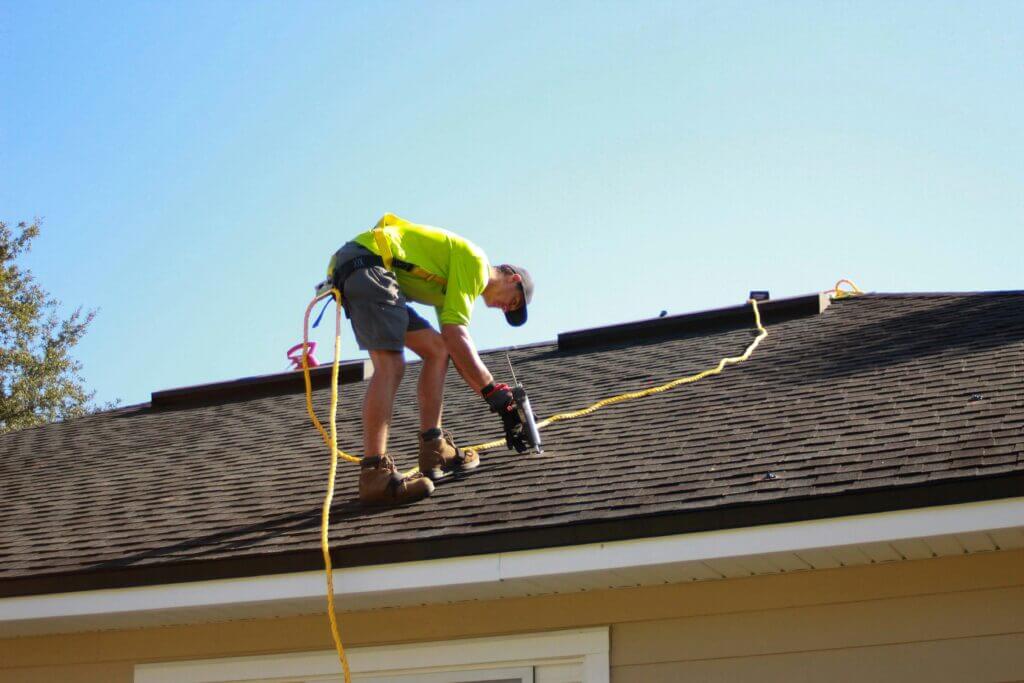
How Tariffs Affect Windows & Siding Projects
Both window and siding products are heavily impacted by tariffs on aluminum, steel, and imported hardware. Aluminum extrusions used in window frames face a 10% tariff, while steel reinforcements and fasteners are subject to 25% tariffs. Many window components, such as locks, handles, and glass coatings, are imported from China and now carry a 25% Section 301 tariff. Siding materials are affected as well: aluminum and steel siding prices have increased, and wood siding imports from Canada face combined duties over 20%, possibly rising to 50%. Vinyl siding is less affected but may see slight increases due to the cost of imported additives and pigments.
The Impact of Tariffs on HVAC Installation and Repair
The HVAC industry is impacted by tariffs on both structural and electronic components. Steel cabinets, aluminum fins, and copper tubing used in air conditioners, heat pumps, and furnaces are subject to tariffs ranging from 10% to 25%. Key parts like compressors, control boards, and motors imported from China are also tariffed at 25%. If the final units are assembled in Mexico or Canada, additional tariffs may apply. These combined cost increases will likely drive up prices for HVAC system installations, especially for new construction or whole-home replacements.
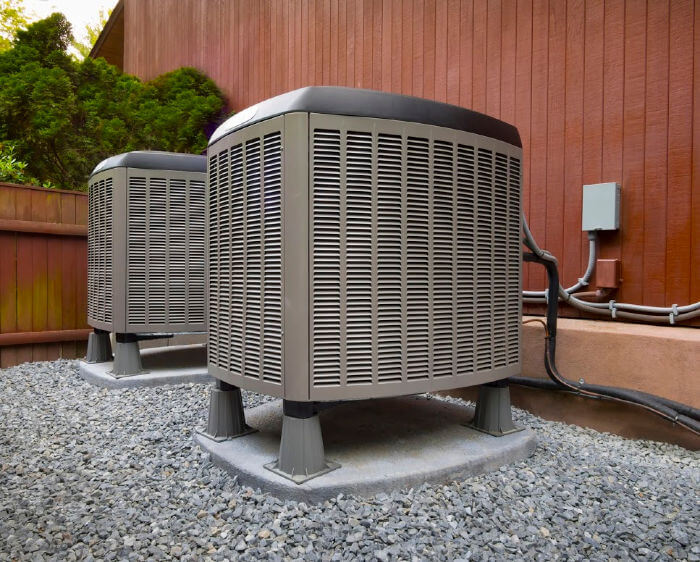
Find the Right Contractor for Your Project
Whether you’re ready to begin your project now or need some expert advice, our network of contractors are here to help. With a few simple questions, we’ll find the best local professionals for you
Solar Panel Installations and Tariffs
Solar panel systems involve multiple tariff-affected components. Imported solar panels and modules face duties ranging from 21% to 254%, depending on the country of origin. In addition, aluminum racking systems used to mount panels are subject to a 10% tariff, and inverters, control boards, and wiring often sourced from China carry a 25% tariff. As a result, U.S. solar hardware costs are now 43% to 57% higher than global averages, making it more expensive for homeowners to adopt solar energy solutions.
Tariff Impact on Plumbing & Electrical Projects
Plumbing systems rely on tariff-affected materials such as steel and cast iron pipes, copper fittings, and imported plumbing fixtures. Cast iron components from China face anti-dumping duties as high as 235%, while fixtures like faucets, showerheads, and valves face a 25% tariff. Plumbing appliance costs have increased, including water heaters, which are affected by tariffs on steel tanks and electronic controls.
Electrical projects are similarly impacted. Steel conduit, electrical panels, breakers, wiring, and lighting fixtures are subject to 10% to 25% tariffs. Many components — such as circuit boards, LED bulbs, and junction boxes — are imported from China and now carry additional duties, driving up the cost of materials for electrical work.
Other Home Improvement Services
Additional project types affected by tariffs include:
- Garage Doors: Steel panels, aluminum trim, and opener components face tariffs of 10% to 25%. Domestic steel price increases further contribute to higher garage door costs.
- Insulation: While insulation itself is minimally impacted by tariffs, higher building material costs have raised prices across the board.
- Cabinets: Chinese-made kitchen cabinets now face duties of 4.37% to over 260%, shifting demand to higher-cost domestic options.
- Kitchen & Bathroom Remodels: These projects use many tariff-affected materials, including tile, lighting, appliances, fixtures, cabinetry, and countertops, all of which have become more expensive.
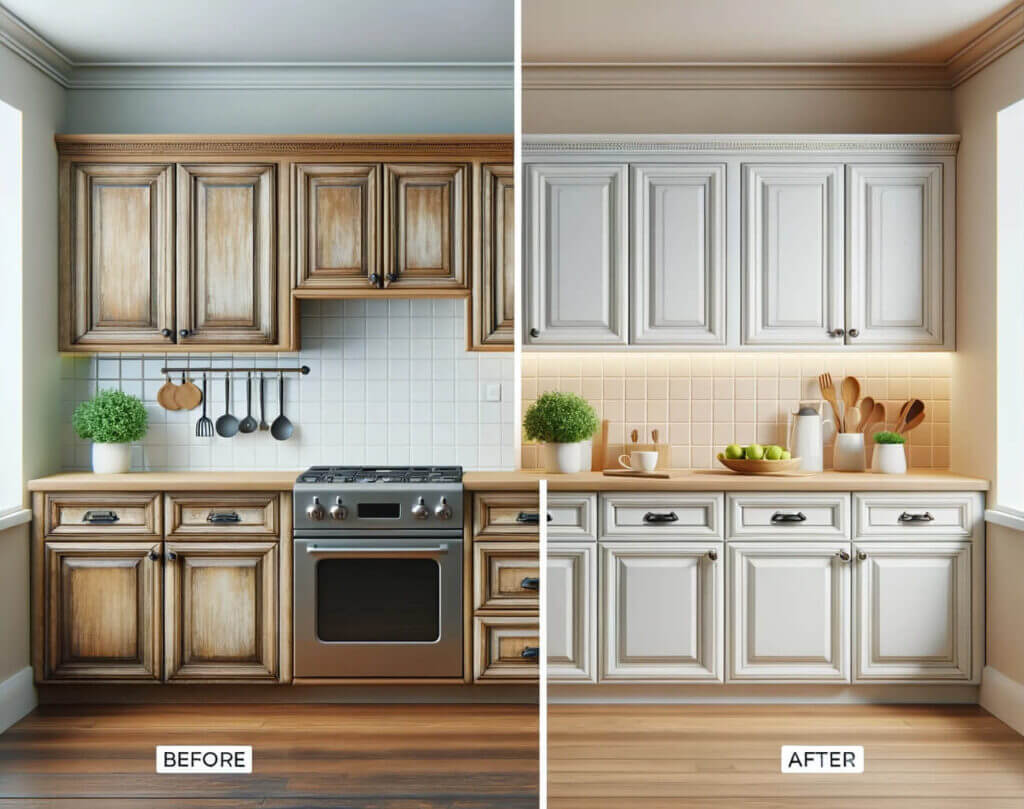
How Homeowners Can Prepare for Rising Renovation Costs
If you’re planning a home renovation, here are a few ways to anticipate and offset tariff-related price increases while keeping your project on track:
- Request Detailed, Itemized Quotes Early: Ask contractors to break out material and labor costs so you can understand where tariffs may affect your budget.
- Explore Alternative Materials or Suppliers: Some domestic manufacturers or suppliers from non-tariffed countries may offer comparable products at lower cost.
- Consider Bulk Purchasing or Locking in Materials Early: If you plan to complete multiple projects or a large-scale remodel, securing materials before further price increases can help you control costs.
- Factor in Longer Lead Times: Materials affected by tariffs may also face import delays. Plan your renovation timeline accordingly to avoid project stalls.
- Ask About Financing Options: With material costs climbing, many contractors now offer promotional financing programs that can help spread payments over time.
- Communicate Closely With Your Contractor: Stay informed about potential price increases and be flexible with your renovation plans if alternative materials need to be sourced.
Homeowners Want to Know:
Find the Right Contractor for Your Project
Whether you’re ready to begin your project now or need some expert advice, our network of contractors are here to help. With a few simple questions, we’ll find the best local professionals for you
Reviews from Real Homeowners
Welcome to Homeowner Resources! We are the Modernize blog. Modernize pairs more than 3 million homeowners a year with pre-vetted contractors in their area. This blog started because we believe homeowners should know everything about their homes, from how their HVAC works to which front door colors they might love. On Homeowner Resources, you can find information on every part of your home, right down to how you can negotiate with contractors to get the best price. Here's more about the blog.
Need a contractor? Learn more about how Modernize finds the right pro for you.

